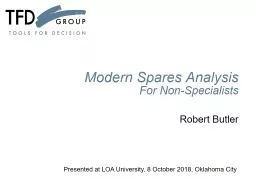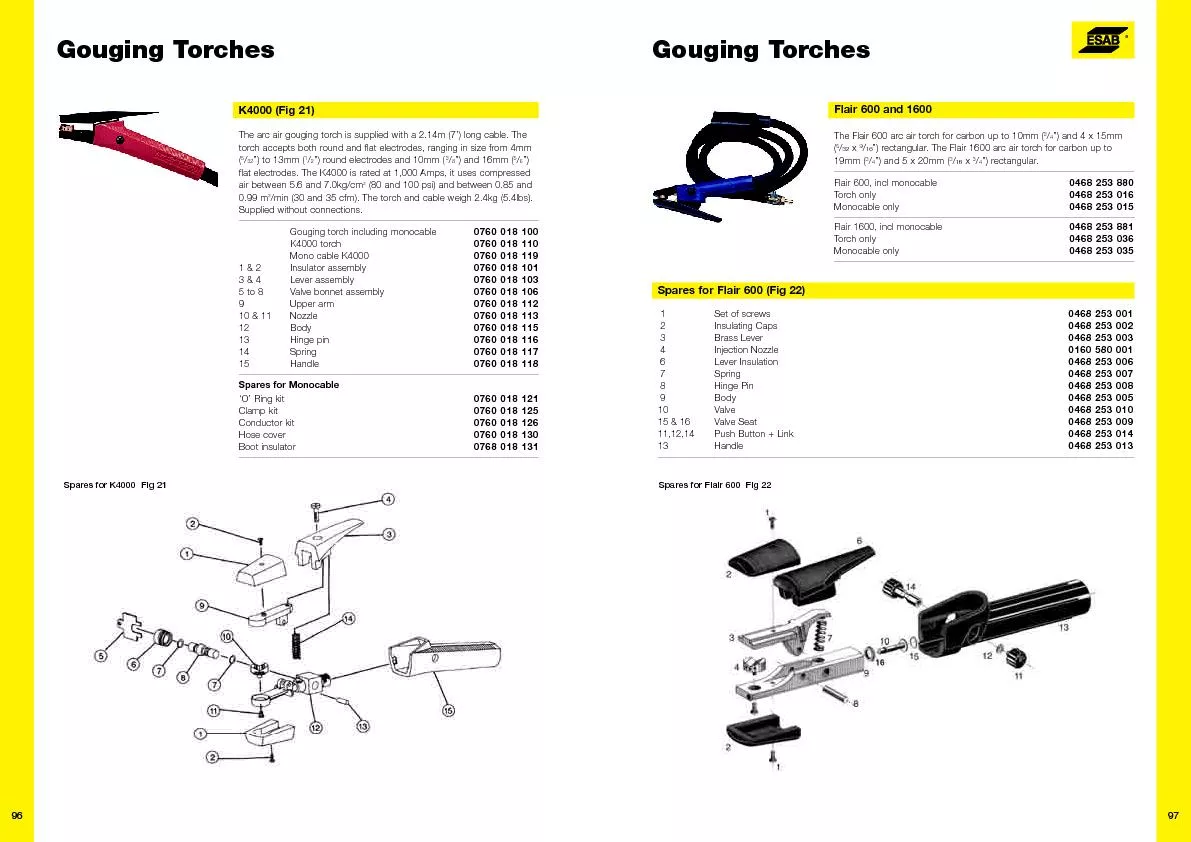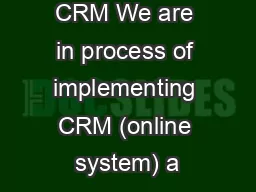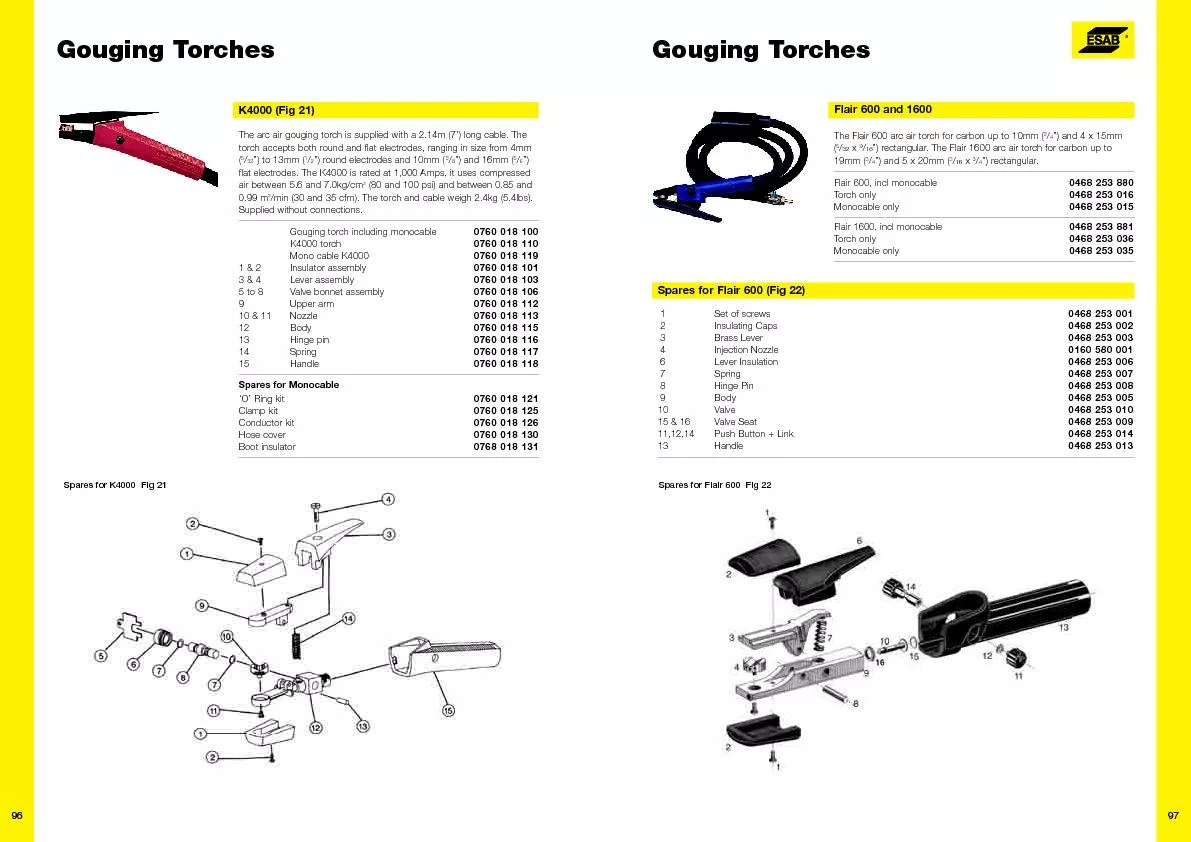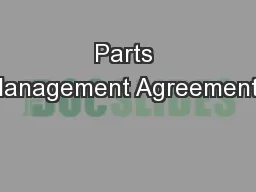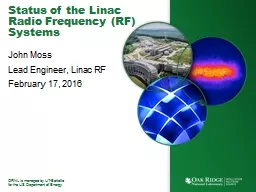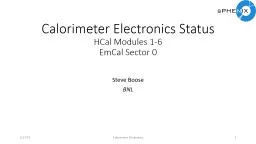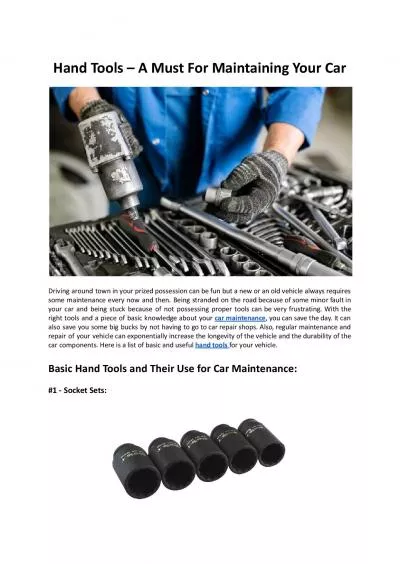PPT-Modern Spares Analysis
Author : aaron | Published Date : 2019-11-20
Modern Spares Analysis For NonSpecialists Robert Butler Presented at LOA University 8 October 2018 Oklahoma City Analysis of Spare Stocks Fundamental ideas An example
Presentation Embed Code
Download Presentation
Download Presentation The PPT/PDF document "Modern Spares Analysis" is the property of its rightful owner. Permission is granted to download and print the materials on this website for personal, non-commercial use only, and to display it on your personal computer provided you do not modify the materials and that you retain all copyright notices contained in the materials. By downloading content from our website, you accept the terms of this agreement.
Modern Spares Analysis: Transcript
Download Rules Of Document
"Modern Spares Analysis"The content belongs to its owner. You may download and print it for personal use, without modification, and keep all copyright notices. By downloading, you agree to these terms.
Related Documents

